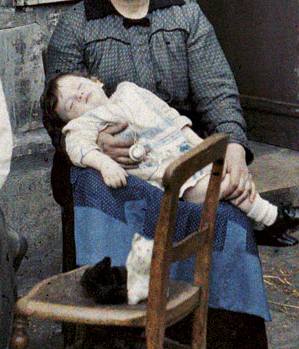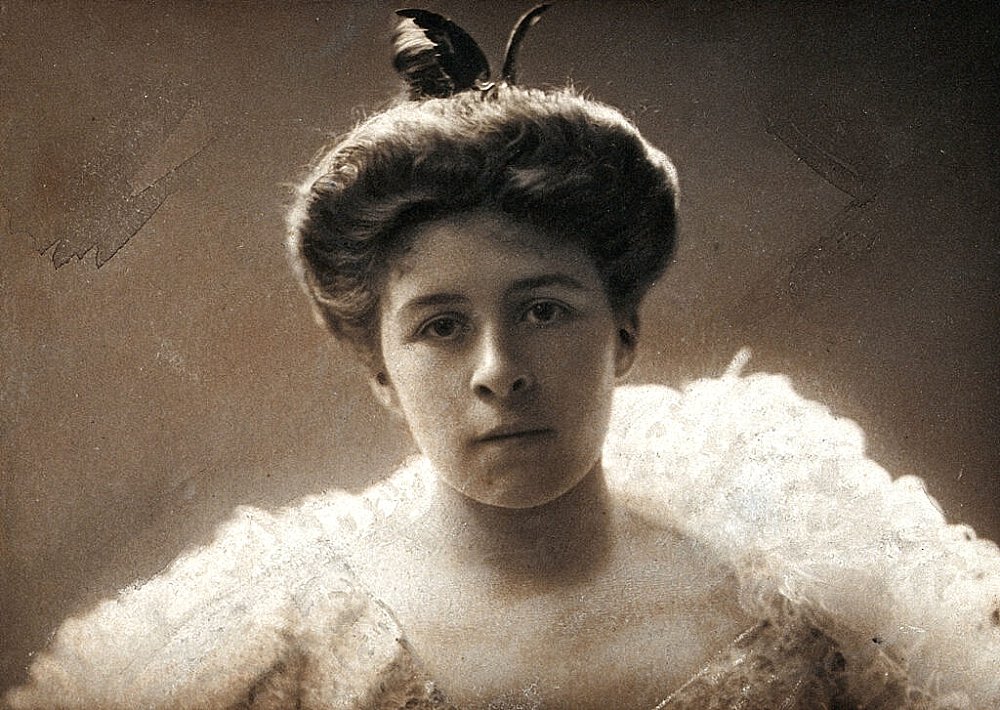Most archives are built to categorise knowledge. ✨This one is built to awaken memory.
Imagine a private, sensorially driven vault of real historical fragments. It’s not organised by date, war, or empire.
It’s organised by feeling.
Fear. Uncertainty. Regret. Shame. Joy That Wasn’t Allowed.
Each folder holds forgotten fragments—real objects, images, scribbled notes, floorplans, banned books, ration cards, quiet traces.
Deeply personal, often haunting visuals and private documents from the past.
It’s meant to act as emotional cues for actors.
If you’re preparing for a biopic, a period piece, or a historical role that demands emotional truth—not just surface research—this is for you.
It is not exhaustive. It is not neutral. It is not tidy. 👀
It is a place for actors to scroll until something stops them cold.
Welcome to the Cabinet.
Maybe you’ve been let down by the usual prep.
You’ve read the Wikipedia articles.
Watched the documentaries.
Read the biography.
But when it’s time to step into your character’s skin, those resources leave you flat.
Because facts don’t make you feel.
Fragments do.

What if you could time-travel by feeling?
Inside The Cabinet of Forgotten Feelings,
you’ll find real historical traces—
a ration card folded into a coat pocket,
a floorplan sketched by someone afraid,
a prison letter shaking with unspoken fear.
Each fragment is real.
Each one carries a question.
And each question must be answered with your body.
A Private Emotional Archive
Organised by feeling. Not facts.
Fear – a child’s scribbles on a ration stamp
Joy – a banned celebration, captured in secret
Regret – a name crossed out in silence
Waiting – a letter never sent
Uncertainty – a door watched for hours.


Why This Exists
Most archives are built to preserve knowledge.
This one is built to awaken memory.
You don’t need to memorise more timelines.
You need something to remember from.
Because actors don’t need more facts.
They need something to feel.
This is your pre-performance well.
A mirror.
A trigger.
A time capsule.
And it grows with you.
Enter: The Cabinet Of Forgotten Feelings. For Actors Who Need To Feel Before They Perform.
What’s Inside
- Access to The Cabinet – a living archive updated monthly
- 10+ emotion-based folders
- Real historical fragments as films or scans (images, objects, letters, lists, maps, artefacts etc.)
- Cinematic prompts for emotional entry
- Actor-focused reflection guides
- Optional add-on 1:1 Curation Session
- NEW: Quarterly live webinars on how to use the Cabinet in your prep process
How Actors Use It
“I open it before the table read—when I need emotional grounding.”
“It gets me out of my head and into my body.”
“When I feel stuck, I scroll until something stops me cold.”
“I use the cues to practice in between projects.”
“This is where I go when I’m scared I won’t do the character justice.”
Choose Your Access
🎟️ Basic Access — €120 / year
- Unlimited access for one year
- Digital archive updated monthly
- 10 folders, each themed by emotion
- Quarterly live how-to webinars with me, historian Dr. Barbara
- Private portal login
→ Ideal for actors who want to prepare on their own, with emotional depth.
🧭 Premium Access — plus €100 once
- Everything in Basic
- Plus one private 45-min 1:1 curation session. The session is held by me, historian Dr. Barbara
→ This session helps you identify the emotional terrain of your next role, guided by your project specifics.
→ You’ll leave with a personalised path through the archive—tailored to your character, your instincts, and your prep timeline.
Created For You, By Someone Who Knows
I’ve spent the last 15 years researching lives that left only fragments behind. Now, I help actors like you use those fragments to enter the past, emotionally— not just intellectually.
Hi, I’m Dr. Barbara from Germany. I’m a historical consultant who works 1:1 with actors preparing for biopics, period pieces, and emotionally complex roles. I’ve contributed to over 130 film and publishing projects across Europe, Australia and the US. My specialty is uncovering what others overlook. Thanks to my speed-reading and photographic memory, I can move swiftly through vast archives and databases, finding the one resonant detail that makes a role click into place.
You don’t need more information. You need a memory that’s not yours—yet.
This isn’t a product.
It’s a living instrument.
And it’s ready when you are.
Images: Little girl with doll by Fernand Cuville Reims/Marne in France 1917 CC0; Archive de la Planete, Paris. CC0 By Stephane Passet 1900-1920s.

